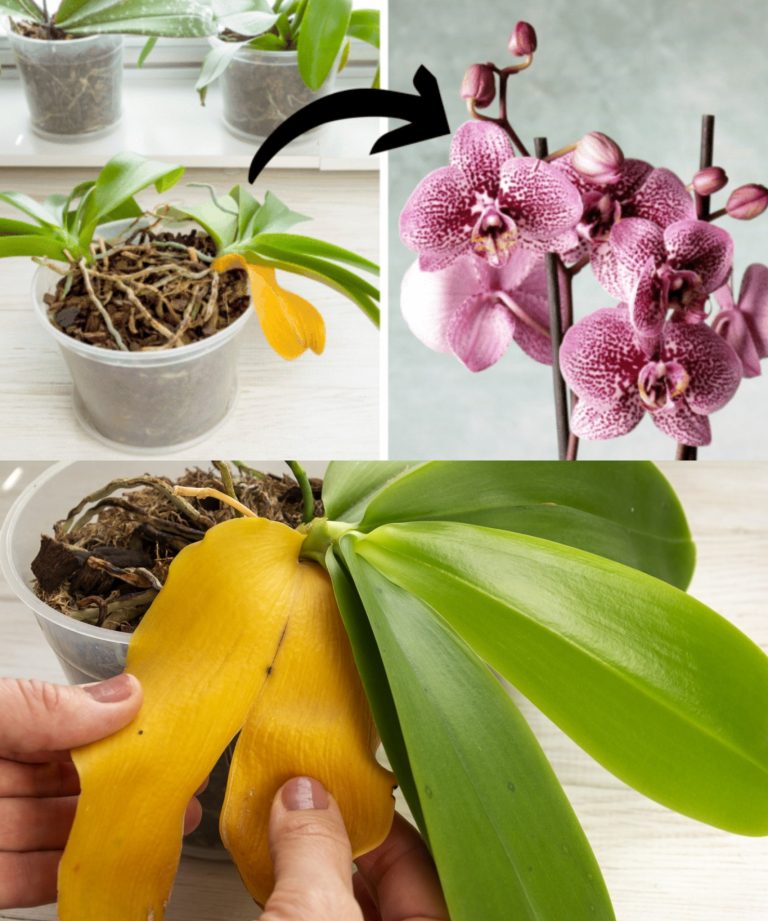As we have already explained, knowing how to decipher the signals that your plants send allows gardeners to care for them and satisfy their needs. This work on understanding green plants can be especially useful for more fragile and capricious plants, such as orchids. Yellow or soft leaves, gray roots, lack of leaves… Decoding these different symptoms will give you the key to having a beautiful and healthy orchid. If your orchid is dying, these few steps will bring it back to life very quickly!
If your dying orchid is very soft…
The presence of soft, wrinkled leaves that fall to the sides of the pot is usually a sign of too frequent or abundant watering. In fact, even if it is a tropical plant, it is advisable not to water it more than once a week. In dry times (in summer and winter, as soon as the heating is turned on, which can dry out the ambient air), you also have to spray approximately every two days, but then the water supply stops.
To store it you will have to empty the excess water by tipping the pot. Next, take a look at the roots to identify any that are rotten, brown, or blackened. In fact, they may need pruning. Once this is done, you can repot your orchid by removing the damp soil and soggy shavings. Above all, make sure the pot has holes for effective drainage.
If your dying orchid has yellow leaves…
Very often, yellow leaves appear if the orchid’s living conditions are not optimal. This can also have to do with too much heat (especially if there is a radiator nearby), too much water, too much direct exposure to the sun, illness, etc. So, first of all, make sure you know the basics of a healthy orchid to eliminate all possible causes. However, in general this is a problem related to irrigation and, in particular, stagnant water in the pot. In this case, improve drainage with clay balls and a pot with holes.
Continued on the next page

